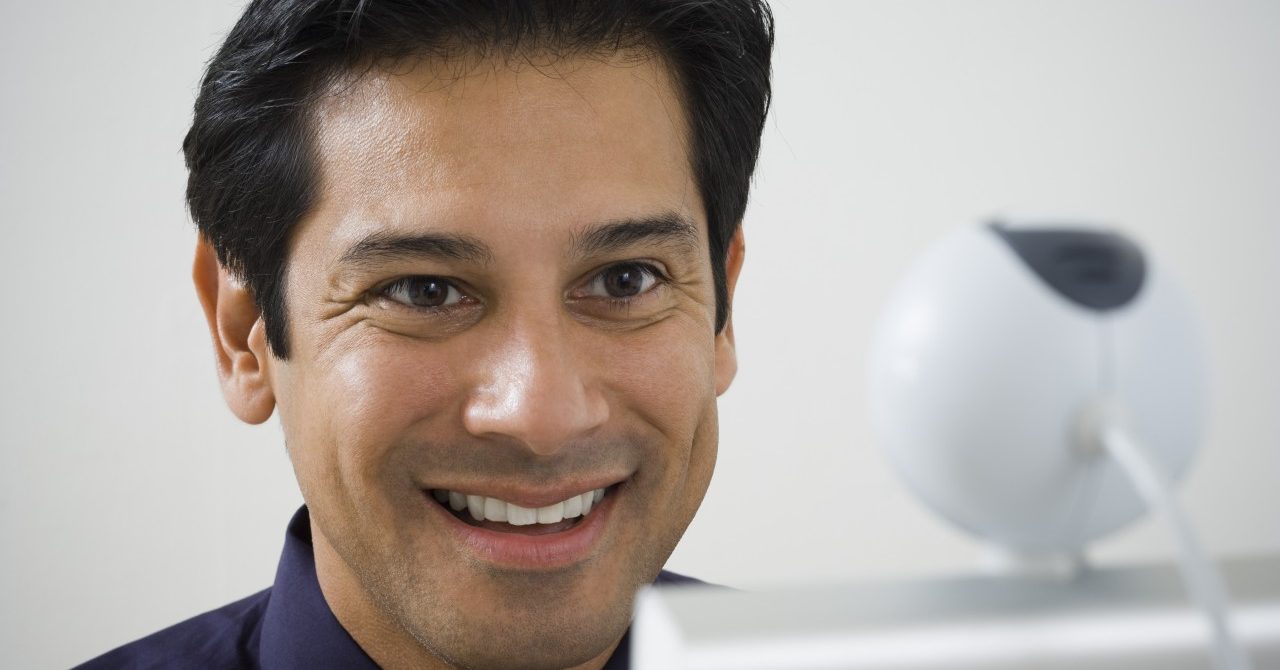Mental Healthcare — by Video

Telemental health care brings therapy to homes and rural communities.
Nearly 8 percent of Americans are depressed, yet just one in five have sought treatment.
The growing field of telepsychiatry may help bridge that gap. In telemental health, highly secure video conferencing systems allow patients to communicate with care providers from a distance, potentially helping the nearaly one third of Americans who live in areas of the conuntry with limited, or no, access to mental healthcare providers.
“Telemental health is one of the top three growth areas for telemedicine. And many people are seeing it as the lead growth area,” says Marlene Maheu, executive director of the TeleMental Health Institute, a training and advocacy organization.
“Psychiatrists and other mental health and behavioral health practitioners don't touch their patients,” Maheu points out, so mental healthcare is particularly suited to telemedicine.
The technology is useful when treating children or the homebound, such as elderly patients, since care can often be delivered more quickly and from the comfort of a patient’s own home or a nearby health care center.
Patients and providers are enthusiastic — both report high levels of satisfaction with the service. Studies have also shown the technology to be as effective as face-to-face therapy. “There is pretty much no difference between the types of diagnoses that can be treated or the length of time that it may take to treat them,” Maheu says. “In many cases, treatment is available earlier in the trajectory of somebody's illness or disorder.”
"Tele" is Greek for distance, Maheu points out. “It really is not a different kind of care. It's the same care, simply delivered across distance.”
Maheu says “telemedicine” has been practiced in various forms for decades. Even before the advent of video conferencing, doctors communicated with patients and other care providers via telephone. One company, Avera, has provided telemedicine services for nearly 20 years to eight states in the largely rural Great Plains region, where patients might have to drive hundreds of miles to see a specialist. Avera works primarily with hospitals, but is testing new direct-to-consumer options.
Telemental health now shows promise in treating patients in rural areas, from Native American reservations to the large swaths of the country that have been identified as mental health professional shortage areas. It also helps veterans, dramatically reducing psychiatric hospital admissions. Telemental services may be particularly attractive to veterans with post-traumatic stress disorder.
It’s also an area seeing strong interest from investors. San Francisco-based telemedicine startup Doctor on Demand recently added 300 psychologists and psychiatrists to its staff, who offer telehealth services in 46 states. “It certainly lowers the cost and certainly increases the convenience,” Doctor on Demand’s chief medical officer, Pat Basu, told an industry publication. “And in a lot of ways it will decrease the stigma. This really gives you a chance to do this from home.” The company has raised $24 million from big-name venture capital groups like Google Ventures and Andreessen Horowitz — a sure sign Silicon Valley thinks the technology is a good bet.
Want to give it a try? Telehealth isn’t just “jumping on the Internet and Skyping people that you don't know,” Maheu says. So be sure to take a few safety precautions. Ask prospective mental health providers for their licensing information and inquire about their experience with telehealth care. Maheu says providers should inform you how the session will be secured for privacy (required under federal law), ask you for the contact information of those close to you in case of an emergency, and have taken to the time to become familiar with mental health resources in your area, even if they don’t live there.
The service still isn’t covered by all insurance, and some say it doesn’t solve the problems that have always plagued healthcare in rural or underserved areas, such as high rates of uninsured residents. Still, in our technological times, telemental health could have widespread appeal.
“It increases access, it produces outcomes that are comparable if not better than in person care, and it lowers costs,” Maheu says. “There’s no going back to the way things were.”
Updated:
March 04, 2015
Reviewed By:
Christopher Nystuen, MD, MBA